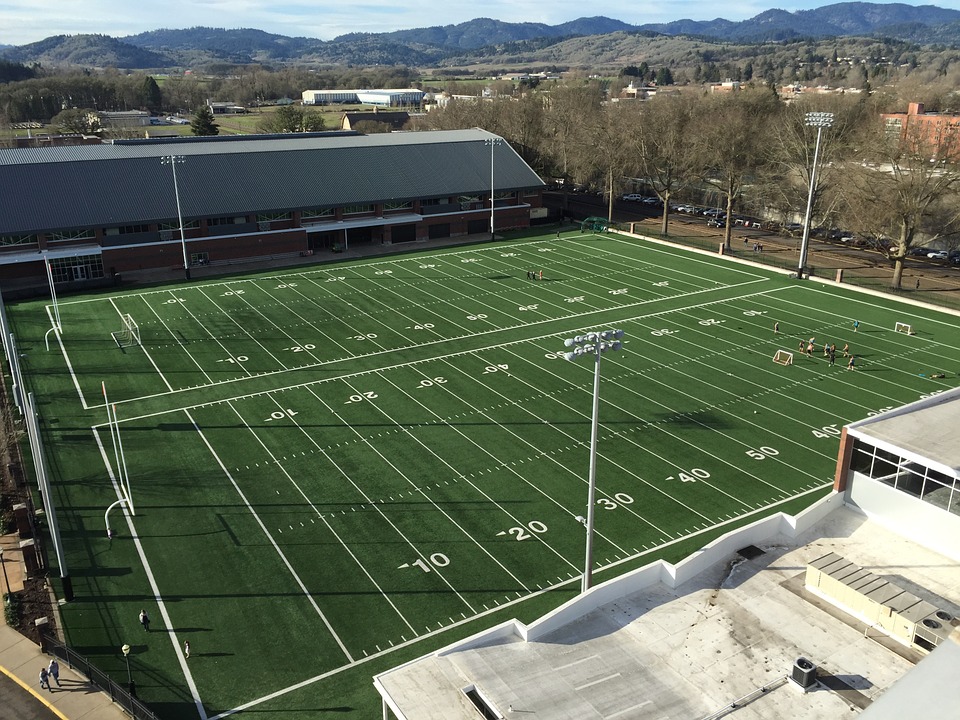
While we are not in the turf or athletic surface business, we do care greatly about both spectators and participants of the sports played here in North America. Over the years we have been involved in a large amount of stadium builds or redevelopments and a topic of conversation that always comes up with regards to artificial turf is its safety.
While artificial turf has come a long way over the past number of years, there are still those who believe it leads to a myriad of sports injuries such as knee injuries, ankle injuries and toe injuries. As manufacturers and installers undoubtedly pay a great deal attention to the reports of these injuries and how they can aid in preventing some of them, in today’s contact sports, no other injury gets more attention than the concussion.
With the release of Will Smith’s new movie “Concussion” this holiday season, these serious head injuries are in the spotlight, perhaps more than they have ever been. Parents, sports fans, participants and professional leagues are pouring an endless amount of resources into attempting to find more ways to prevent these injuries, especially in our youth.
Regarding artificial turf and its possible role in concussions, there is some evidence that these surfaces could in fact be playing a part in some of these unfortunate injuries.
G-Max Testing
When it comes to turf safety, no other testing mechanism is more widely used than the G-max test. This test measures the shock attenuation of both artificial and natural surfaces, measuring the resistance and absorption rate. What this test does is clearly measures how well the turf slows and can absorb the impact.
G-max value has become a bearing for sports surface safety and today the American Society for Testing and Materials (ASTM) recommends that the G-max level be below 200 and states that anything above that level qualifies for the expectation that life-threatening head injuries may occur.
When it comes to artificial turf, however, there is a much lower risk of injury. Typically speaking, natural grass turf sports fields have a lower G-max value which usually falls in the 80-110 range. Given these lower numbers, artificial turf manufacturers are spending plenty of time and money perfecting a product that can achieve the same low numbers of a natural surface, which usually consists of a padded turf-type of system.
There is some chatter throughout the industry that the ASTM may very well go ahead and lower the minimum G-max value for artificial turfs down to 165 and top brass at the NFL is considering the same. While the NFL now tests every field, synthetic or natural before each and every game, the same cannot be said about most junior or youth leagues across North America.
.png)
